| |
|
|
|
|
|
|
   |
| |
|
|
|
|
|
|
|
|
| |
|
|
|
|
|
|
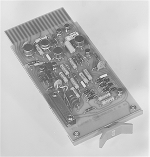 |
Flip Chip modules are developed. |
| |
|
|
|
|
|
|
|
|
| |
|
|
|
|
|
|
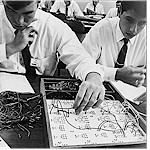 |
July:
The first European Customer Training
Center opens in Reading, England. |
| |
|
|
|
|
|
|
|
|
|
|
| |
|
|
|
|
|
|
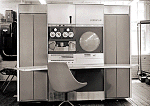 |
October:
Digital unveils its first 36-bit computer, the PDP-6. |
| |
|
|
|
|
|
|
|
|
| |
|
|
|
|
|
|
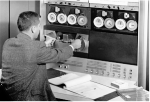 |
Tops 10 is developed as the major user software interface for
Digital's 36-bit machines. |
| |
|
|
|
|
|
|
|
|
| |
|
|
|
|
|
|
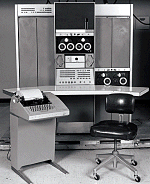 |
December:
The PDP-7, Digital's third 18-bit computer, is introduced. |
| |
|
|
|
|
|
|
|
|
| |
|
|
|
|
|
|
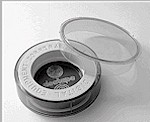 |
DECtape is introduced concurrent
with the PDP-7. |
| |
|
|
|
|
|
|
|
|
| |
|
|
|
|
|
|
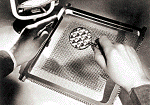 |
December:
DIGITAL is issued its first patent, for magnetic core memory. The inventors are Ken Olsen and Dick Best. |
